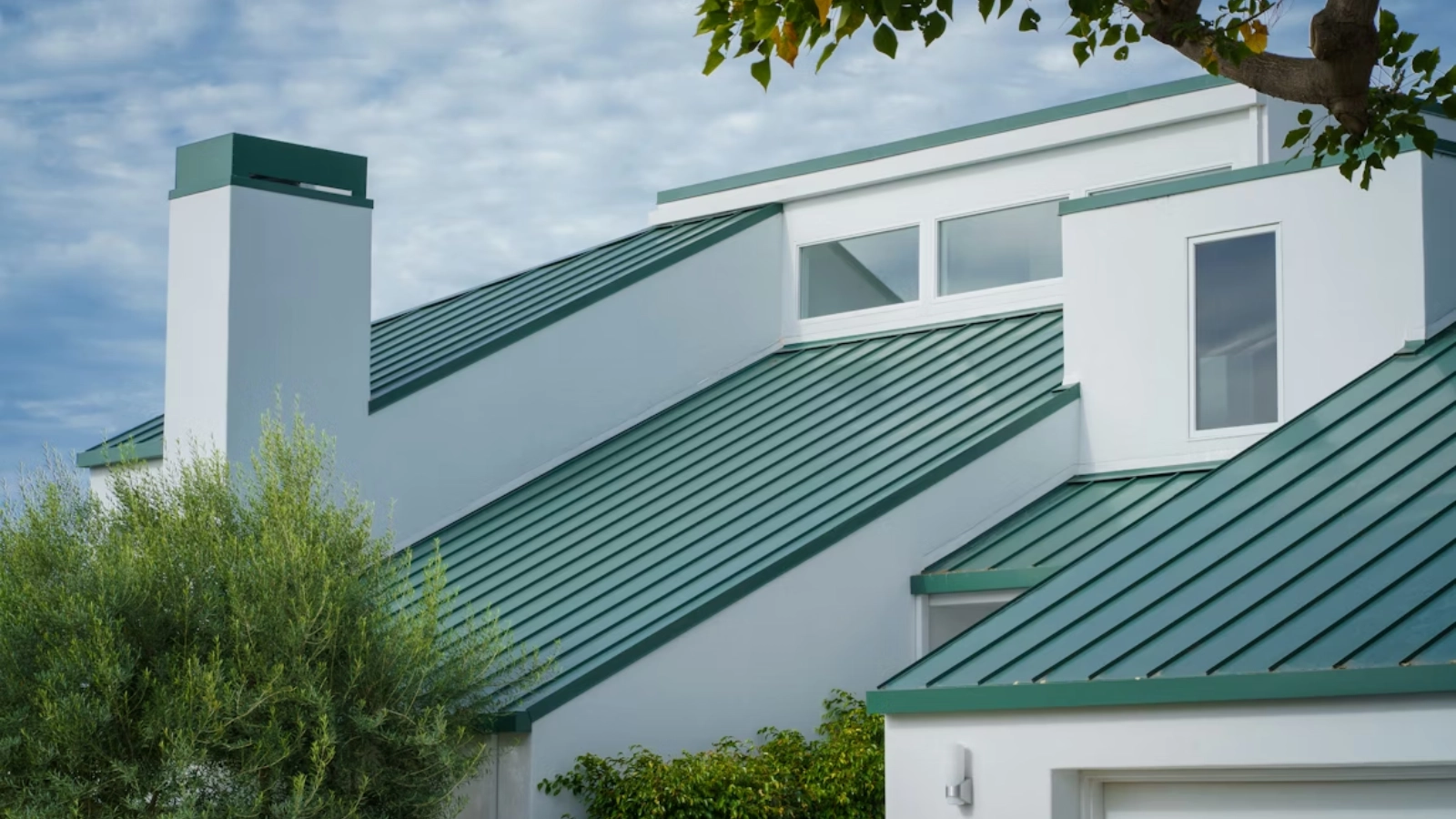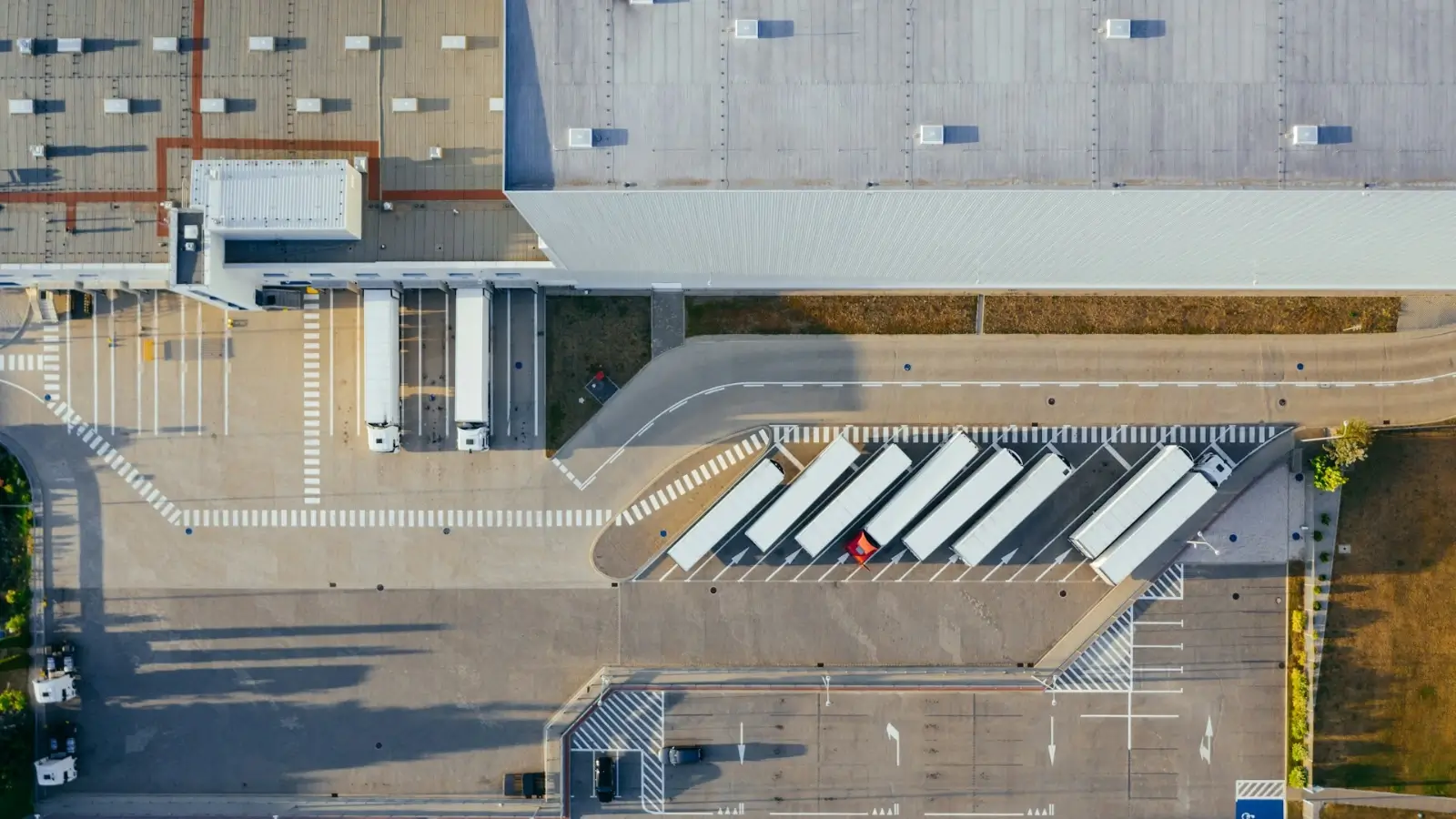Choosing between moving into an apartment or a house is a major decision, and each option comes with its own set of challenges and benefits. While both provide a place to call home, the moving process, lifestyle adjustments, and long-term commitments vary significantly.
For some, the convenience and lower maintenance of an apartment are appealing, while others prefer the privacy and space that a house provides. Beyond personal preference, factors such as cost, logistics, and daily living requirements all play a role in determining which option is best.
Understanding the key differences between moving into an apartment and a house can help make the transition smoother. Whether hiring local movers or tackling the move independently, preparing for these distinctions ensures a well-organized and stress-free relocation.
Packing and Moving Considerations
Moving into an apartment or a house presents different logistical challenges. Apartments often involve stairs, elevators, and tight hallways, while houses require careful planning for larger furniture and outdoor space. To ease the process, you can take advantage of a Dallas apartment locators free locating service, which helps you find the right apartment without the hassle of searching on your own.
Apartment Move-In Challenges
-
Elevator and stair restrictions – Many apartment buildings require movers to reserve an elevator or follow specific moving hours.
-
Limited parking access – Finding a convenient place for the moving truck can be difficult in apartment complexes.
-
Smaller entryways – Narrow hallways and tight corners make maneuvering furniture more challenging.
House Move-In Considerations
-
Easier unloading access – Driveways and garages provide space to unload without restrictions.
-
More flexibility with scheduling – Unlike apartments, houses don’t typically have set move-in hours.
-
Larger doorways – Bigger entry points make moving furniture more convenient.
Moving Tip: Before moving day, check with the property manager for any restrictions if moving into an apartment. For houses, measure doorways to ensure large furniture will fit through.
Space and Storage Differences
One of the biggest differences between apartments and houses is the amount of space available. This affects everything from furniture placement to overall organization.
Apartments: Making the Most of a Smaller Space
-
Compact layouts – Apartments usually have less square footage, requiring creative storage solutions.
-
Limited storage – Closets, cabinets, and pantries are often smaller than those in houses.
-
Multi-functional furniture is key – Items like storage ottomans and foldable tables help maximize space.
Houses: More Room to Spread Out
-
Extra storage options – Attics, basements, and garages provide space for seasonal items and belongings.
-
More flexibility with furniture placement – Larger rooms allow for more variety in home design.
-
Outdoor storage – Sheds and backyard space can accommodate additional storage needs.
Moving Tip: If downsizing to an apartment, consider selling or donating furniture that won’t fit. For houses, take advantage of extra storage but avoid accumulating unnecessary clutter.
Cost Differences: Rent, Utilities, and Maintenance
Living in an apartment or a house comes with different financial responsibilities. Beyond the monthly rent or mortgage, utilities, maintenance, and additional fees can impact the total cost of living.
Apartment Expenses
-
Lower utility costs – Smaller spaces require less heating, cooling, and electricity usage.
-
Maintenance is covered – Most repairs and landscaping are handled by the landlord or property management.
-
Additional fees – Some buildings charge extra for parking, pet rent, or shared amenities.
House Expenses
-
Higher utility bills – Heating and cooling a larger space can lead to increased costs.
-
Maintenance responsibilities – Homeowners are responsible for repairs, landscaping, and upkeep.
-
No shared walls – While privacy is a benefit, there are no shared costs for things like security or lawn care.
Moving Tip: If moving into a house, set aside a budget for unexpected maintenance. For apartments, review the lease for additional costs beyond rent.
Privacy and Lifestyle Adjustments
Privacy levels and daily lifestyle routines differ significantly between apartments and houses. Consider how these factors impact comfort and personal preferences.
Apartments: Close-Quarter Living
-
Shared walls – Noise from neighbors can be a concern, especially in older buildings.
-
Community living – More interaction with neighbors in hallways, shared spaces, and parking areas.
-
Amenities – Gyms, pools, and shared lounges provide convenience without extra costs.
Houses: More Personal Space
-
No shared walls – Reduced noise from neighbors and more personal freedom.
-
Backyards and outdoor space – Opportunities for gardening, pets, and outdoor gatherings.
-
Less immediate access to amenities – Gyms and pools may require separate memberships.
Moving Tip: If noise is a concern in an apartment, look for top-floor units or buildings with good soundproofing. For houses, consider yard maintenance and security needs.
Security and Safety Factors
Safety measures vary between apartment complexes and houses. Consider the security features available in each type of home.
Apartment Security
-
Controlled access – Many buildings have gated entries, security cameras, or front desk staff.
-
Close neighbors – Living in a community setting can provide an added layer of security.
-
Higher risk of break-ins – Apartments on lower floors may be more vulnerable to theft.
House Security
-
More control over security – Homeowners can install security systems, motion detectors, and smart locks.
-
More isolated – Unlike apartments, houses don’t have built-in security personnel or close neighbors to alert in case of an emergency.
-
Visibility concerns – Large front yards or long driveways can provide more privacy but may also be less visible to law enforcement.
Moving Tip: Whether moving into an apartment or a house, change locks upon arrival and consider installing security cameras or alarm systems.
Pets and Outdoor Space
For pet owners, the choice between an apartment and a house can significantly impact daily routines and overall convenience.
Apartments: Pet Restrictions and Limited Space
-
Pet fees and breed restrictions – Some buildings limit pet ownership or charge extra fees.
-
Limited outdoor access – Dogs may require frequent walks instead of having a backyard.
-
Noise concerns – Barking dogs may disturb neighbors in close quarters.
Houses: More Freedom for Pets
-
Private yards – Ideal for pets to roam freely without needing constant walks.
-
Fewer restrictions – No breed limitations or extra fees for pet ownership.
-
More space for indoor play – Larger homes offer room for pets to move around freely.
Moving Tip: Check apartment pet policies in advance. If moving to a house, ensure the yard is secure for pets.
Final Thoughts
Choosing between an apartment and a house involves more than just preference—it affects moving logistics, daily routines, and long-term financial commitments. Apartments offer convenience, lower maintenance, and access to shared amenities, while houses provide more space, privacy, and control over living conditions.
Before making a decision, consider factors like storage needs, utility costs, security, and pet accommodations. Regardless of which option is best, preparing in advance ensures a smooth transition.
A well-planned move, supported by experienced local movers, can make the process much easier. Clockwork Moving Company understands the unique challenges of both apartment and house relocations, ensuring a hassle-free move no matter where you're headed.
Moving is more than just changing addresses—it's about finding the right home to fit your lifestyle. By considering these key differences, you can make an informed decision and settle into your new space with confidence.
















